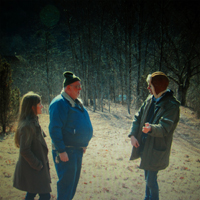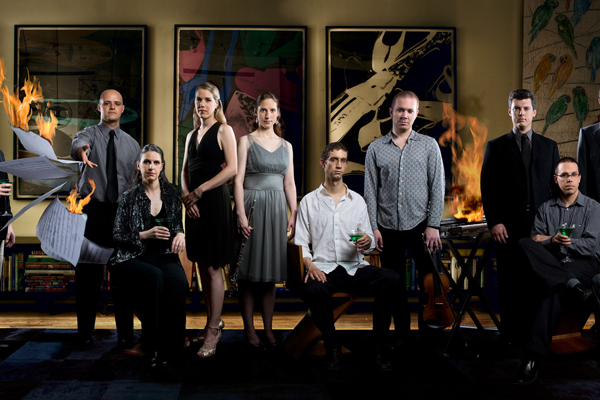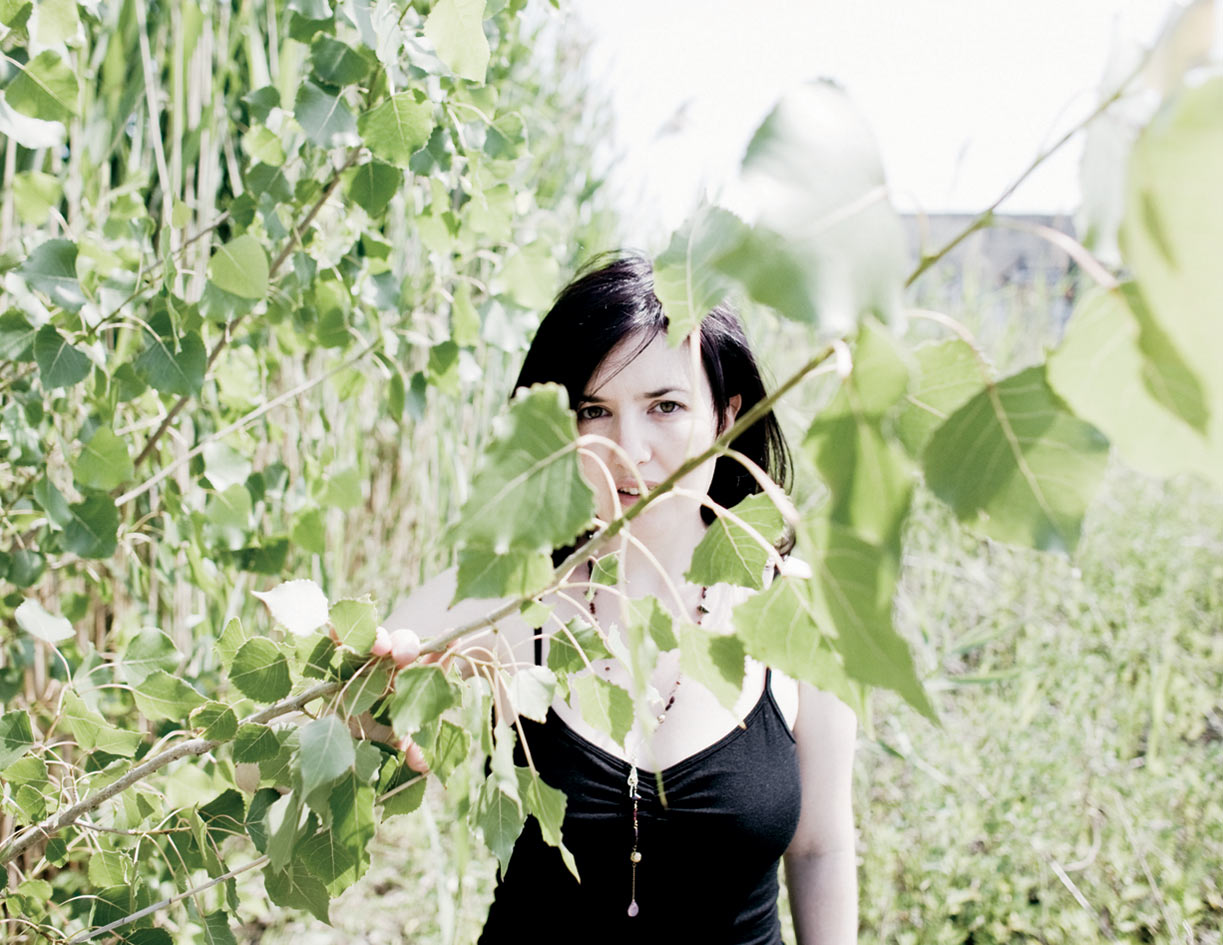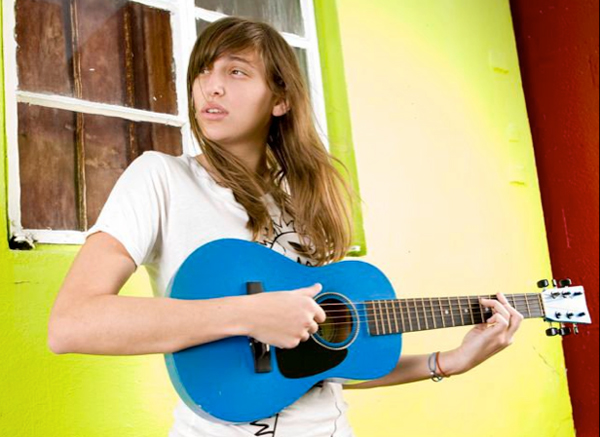This interview appears in ALARM #40. Subscribe here to get your copy!
 Dirty Projectors: Swing Lo Magellan (Domino, 7/10/12)
Dirty Projectors: Swing Lo Magellan (Domino, 7/10/12)
“Gun Has No Trigger”
Dirty Projectors: “Gun Has No Trigger”
Dave Longstreth has one hell of a view. Slumping his lanky frame in a plush leather chair, the Dirty Projectors front-man has been given a room in Brooklyn’s Wythe Hotel that has a massive floor-to-ceiling window, displaying the island of Manhattan in stunning panorama. The funny thing, as Longstreth points out, is that the accommodations are a bit superfluous. “I live just a couple blocks that way,” he notes.
Despite the junketed overkill of the meeting place, Longstreth can attest that time away from home can really clear one’s head for answers. Last year after touring behind his band’s breakthrough 2009 album Bitte Orca, Longstreth hid himself away, renting a house in upstate New York for the sole purpose of writing and recording new songs. Narrowed from more than 50 demos to 12 final tracks, the resultant Swing Lo Magellan is Longstreth’s attempt at concentrated songcraft. “This album, for me, is just about the songs,” he says, “this idea of a verse and a chorus and lyrics and melody.”





